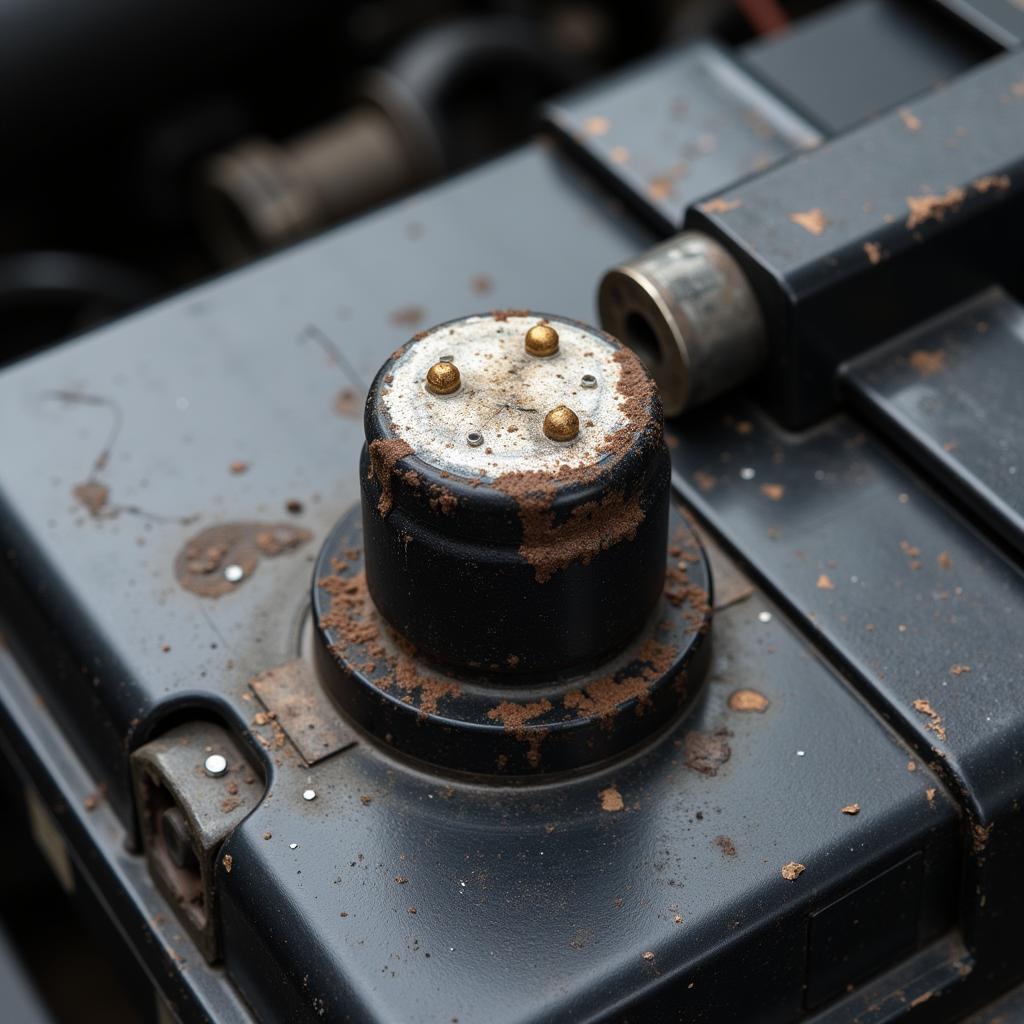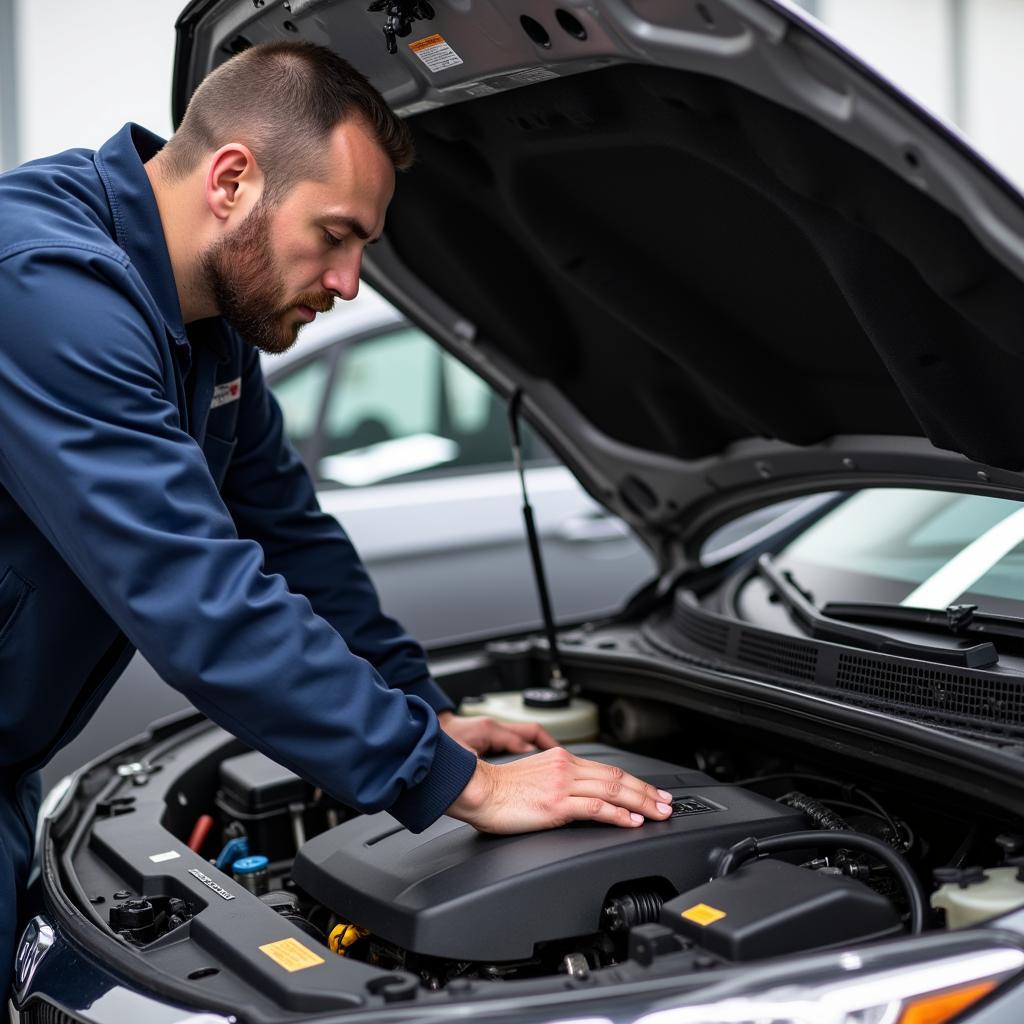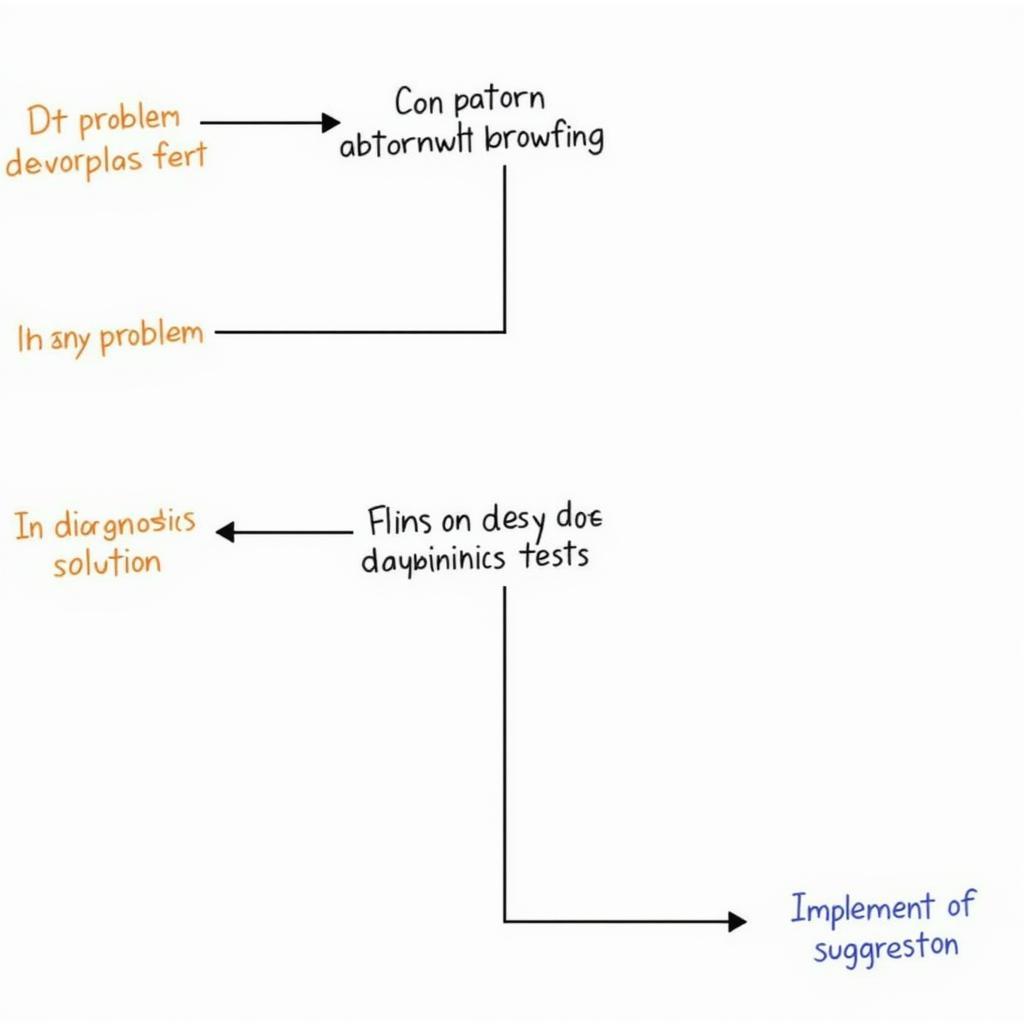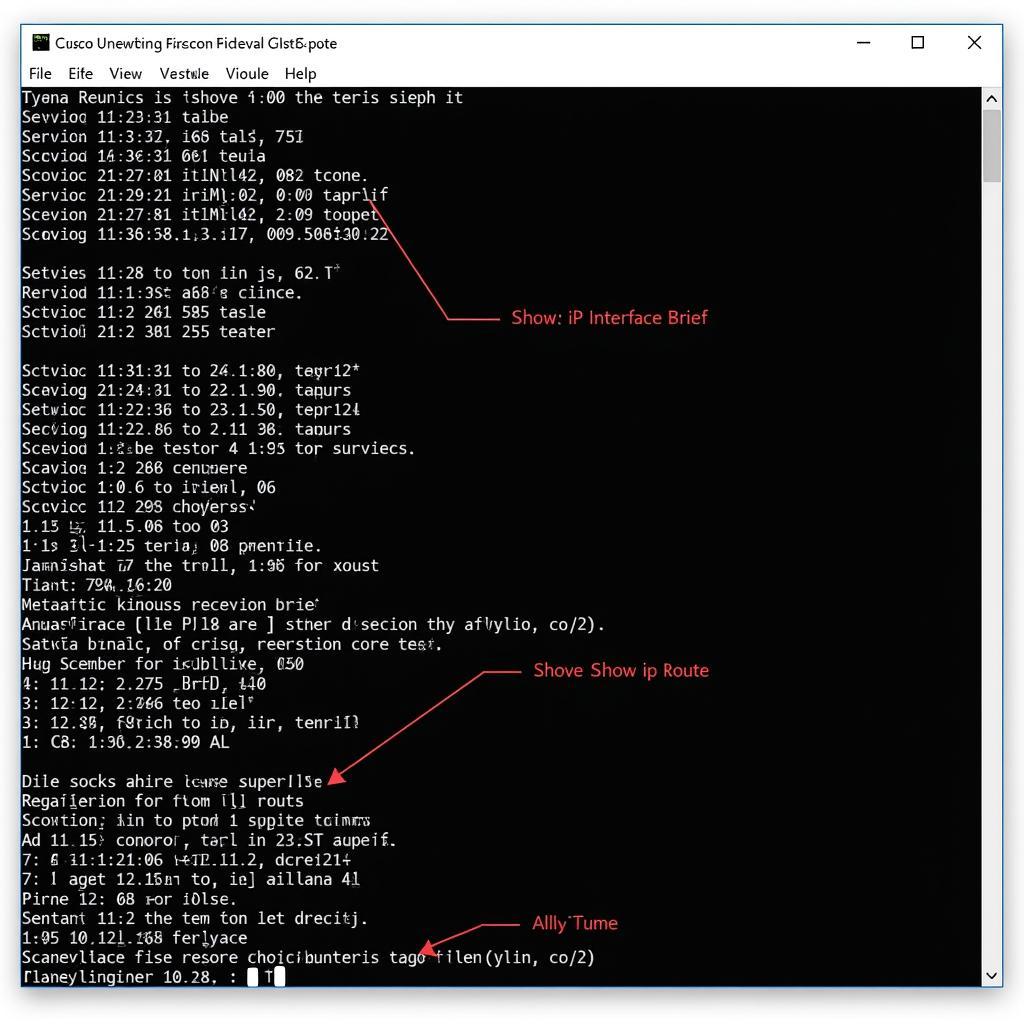Encountering a diagnostic tool message like “O128” can be perplexing for car owners and even some technicians. This code often indicates an issue with your vehicle’s communication network, specifically pointing to a problem with the communication between the engine control unit (ECU) and the transmission control module (TCM). This lack of seamless communication can lead to a range of drivability issues and requires prompt attention to restore optimal performance.
Decoding the O128 Diagnostic Trouble Code
Before delving into solutions, it’s crucial to understand what the O128 code signifies. In simpler terms, it means the ECU, the brain of your engine, is not receiving the necessary data from the TCM, which manages your transmission’s shifting. This disruption in data flow can occur due to various reasons, making it essential to diagnose the root cause accurately.
Common Causes of O128 Code
The O128 code can be triggered by a number of culprits, ranging from simple electrical glitches to more complex component failures. Here are some of the most common culprits:
- Faulty Wiring and Connectors: The communication between the ECU and TCM relies heavily on wiring harnesses and connectors. Over time, these can become corroded, damaged, or loose, leading to communication breakdowns.
- Defective TCM: While less common, a malfunctioning TCM can be the root of the problem. If the TCM is failing internally, it may not communicate effectively with the ECU.
- Faulty ECU: Similar to the TCM, a failing ECU can disrupt communication, but this is a less frequent cause of the O128 code.
- Low Battery Voltage: Your vehicle’s electrical system, including the communication network, relies on stable voltage. A weak battery or charging system issue can lead to communication errors.
 Low Battery Voltage in Car
Low Battery Voltage in Car
Diagnosing the O128 Code: A Step-by-Step Guide
Accurately diagnosing the underlying cause of the O128 code is paramount before attempting any repairs. Here’s a step-by-step guide to help you pinpoint the issue:
- Read the Code: Begin by connecting a reliable OBD-II scanner to your vehicle’s diagnostic port and retrieve the stored trouble codes. Verify that the O128 code is present.
- Inspect Wiring and Connectors: Visually examine the wiring harness and connectors between the ECU and TCM for any signs of damage, corrosion, or looseness. Pay close attention to areas where the harness might rub against other components.
- Check Battery Voltage: Using a multimeter, check your battery voltage with the engine off and running. Ensure the voltage readings are within the specified range.
- Consult a Professional: If the above steps do not reveal a clear cause, it’s advisable to seek assistance from a qualified automotive electrician or mechanic specializing in automotive diagnostics. They have the expertise and specialized equipment to perform more advanced diagnostics.
 Mechanic Diagnosing Car Issue with Scanner
Mechanic Diagnosing Car Issue with Scanner
Resolving the O128 Diagnostic Trouble Code
The solution for the O128 code depends entirely on the underlying cause identified during diagnosis. Here are the common repair paths:
- Repair or Replace Wiring and Connectors: If damaged or corroded wiring or connectors are found, they need to be repaired or replaced. Ensure the connections are secure and free of corrosion.
- Replace Faulty TCM or ECU: If a faulty TCM or ECU is identified as the culprit, replacement is usually the recommended course of action. This often involves programming the new module to your vehicle.
- Address Battery or Charging System Issues: If a low battery or charging system problem is causing the issue, address it accordingly. This might involve replacing the battery or repairing faulty components in the charging system.
“When encountering the O128 code, it’s essential to remember that a thorough diagnosis is key,” says John Miller, a senior automotive electrical engineer at ScanToolUS. “Jumping to conclusions without proper diagnosis can lead to unnecessary part replacements and wasted time.”
Preventing Future O128 Codes: Proactive Maintenance Tips
While not all causes are preventable, adopting some proactive maintenance practices can minimize the risk of encountering the O128 code in the future:
- Regular Inspections: Regularly inspect your vehicle’s wiring harnesses and connectors, especially in areas prone to exposure to heat, moisture, and vibration.
- Battery Maintenance: Ensure your battery is in good condition and properly maintained. Have the charging system inspected periodically.
- Address Issues Promptly: If you experience any drivability issues or warning lights, have your vehicle diagnosed and repaired by a qualified technician as soon as possible.
 Car Engine Maintenance Checkup
Car Engine Maintenance Checkup
Conclusion
The O128 diagnostic tool message, while potentially troublesome, is not insurmountable. By understanding its implications, performing a systematic diagnosis, and taking appropriate repair measures, you can restore your vehicle’s communication network and ensure smooth and safe driving.
Need further assistance with the O128 code or other automotive diagnostic challenges? Don’t hesitate to contact the experts at ScanToolUS for support.
Phone: +1 (641) 206-8880
Office: 1615 S Laramie Ave, Cicero, IL 60804, USA
FAQs about Diagnostic Tool Message O128
1. Can I continue driving with the O128 code active?
While you might be able to drive for a short distance, it’s not recommended. The O128 code indicates a communication issue that can affect your transmission’s shifting, potentially compromising safety and causing further damage.
2. Is the O128 code specific to a particular car make or model?
No, the O128 code is a generic OBD-II code, meaning it applies to a wide range of vehicle makes and models. However, the specific interpretation and repair procedures might vary slightly.
3. How much does it typically cost to fix the O128 code?
The repair cost varies significantly depending on the underlying cause. Simple wiring repairs might cost a few hundred dollars, while TCM or ECU replacement can range from several hundred to over a thousand dollars.
4. Can I use any OBD-II scanner to diagnose the O128 code?
While basic OBD-II scanners can retrieve the code, more advanced scanners might be needed for deeper diagnostics and troubleshooting.
5. Can extreme temperatures cause the O128 code?
Yes, extreme temperatures, both hot and cold, can affect the performance and lifespan of electrical components, including those involved in the ECU-TCM communication.
6. Can I prevent the O128 code by using a fuel additive?
No, fuel additives are not designed to address issues related to the ECU-TCM communication network. The O128 code requires mechanical or electrical repairs.
7. How long does it take to fix the O128 code?
The repair time depends on the complexity of the issue. Simple repairs might take a few hours, while more involved procedures like module replacement might require a day or more.


